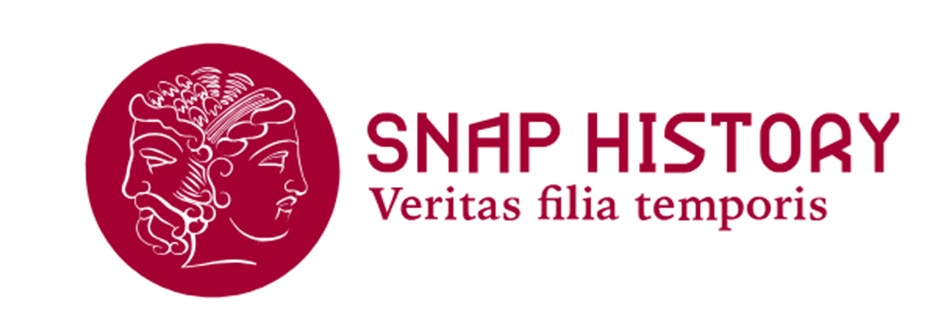The History of Made in Italy
From Renaissance roots to contemporary excellence

From the secret theft of silkworms in China to the art of Milanese brocade, Italy has transformed innovation and tradition into symbols of quality and luxury. Attention to detail and the refinement of materials, born in the Renaissance, still live on in Italian fashion and craftsmanship, proud ambassadors of style around the world - Image generated with AI
Today, the word 'Made in Italy' is a symbol of quality, style and craftsmanship that are the envy of the world, but few really know the true roots of this concept. The origins of 'Made in Italy' can mainly be traced back to the Renaissance era, when Italy was divided into princely states competing for excellence in arts and crafts. The competition led Florence, Milan and Venice to become centres of innovation and to produce masterpieces not only in art and architecture, but also in clothing and the silk industry.
In the 14th century, Italy became the beating heart of silk production in Europe, achieving almost a monopoly in its production. The reason for this is worthy of a spy story. Silkworms, originally from China, had been protected and kept secret for centuries by the Chinese authorities who did not want to share their production secrets. However, two Byzantine monks, in the 6th century A.D., performed an unprecedented feat: with the support of the emperor Justinian, they travelled to China and stole some precious silkworm eggs, hiding them in their hollow sticks.
Although the silk had been brought to Byzantium, Italian craftsmen soon took possession of this production and Lucca became one of the first European centres for silk processing, followed soon after by Venice and Florence. Italian craftsmen did not limit themselves to reproducing the material, but perfected their working techniques, creating fabrics of unequalled refinement and quality. A famous example of this success is the production of Milanese silk. Milanese brocade was a silk fabric embellished with metallic threads that recreated elaborate decorative motifs for sacred or ceremonial garments.
Over the centuries, silk production was no longer a major economic activity in Italy, yet the tradition of attention to detail and refinement of materials still survives today and is reflected in the quality of great Italian fashion.
Eugenia Paulicelli, a cura di. Moda e moderno: dal Medioevo al Rinascimento. Booklet, Milano, 2006.
Daniela La Cava. Il viaggio della moda nel tempo: contesto storico e tecniche realizzative. Vol. 2: Medioevo, Rinascimento, Edizioni Manna, Napoli, 2021.
2025-03-07
Francesco Toniatti
